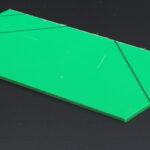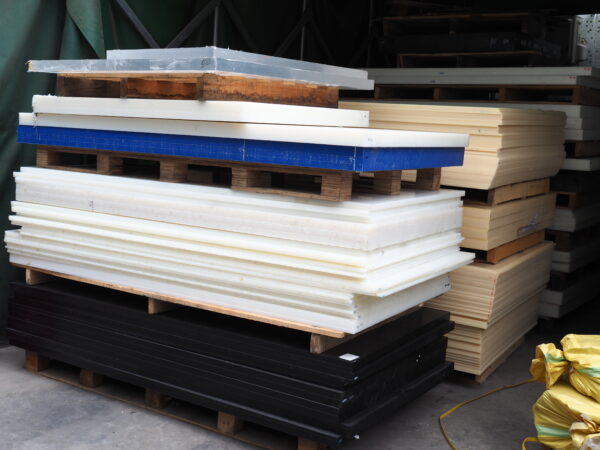
Which is Better, PP or PE?
November 25, 2024
What is PU plastic material ?
November 26, 2024Introduction
PA (Polyamide) and PE (Polyethylene) are two commonly used types of polymers in the manufacturing and engineering sectors. While both materials belong to the family of thermoplastics, they have distinct properties and applications. Understanding their characteristics helps in selecting the right material for various industrial uses.
What is Polyamide (PA)?
Polyamide, commonly known as PA, refers to a group of synthetic polymers that contain amide bonds in their molecular structure. PA is known for its strength, durability, and resistance to abrasion, making it ideal for demanding applications such as automotive parts, textiles, and industrial machinery. The most well-known form of PA is nylon, which is used widely in fabric production and engineering components.

What is Polyethylene (PE)?
Polyethylene, or PE, is one of the most commonly used plastics in the world. It is produced through the polymerization of ethylene monomers and exists in different forms, such as Low-Density Polyethylene (LDPE) and High-Density Polyethylene (HDPE). PE is known for its excellent chemical resistance, flexibility, and low cost. It is often used in packaging, plastic bags, containers, and piping systems.
Key Differences Between PA and PE
- Strength and Durability: PA is generally stronger, with higher tensile strength and resistance to wear, while PE is more flexible and less rigid.
- Temperature Resistance: PA has better high-temperature performance compared to PE, which can degrade at higher temperatures.
- Applications: PA is often used in automotive, textiles, and mechanical parts, while PE is mainly used in packaging, pipes, and containers.
Conclusion
PA and PE are both important materials but serve different purposes. PA is preferred for stronger, more durable applications, while PE is favored for its flexibility and cost-effectiveness.






